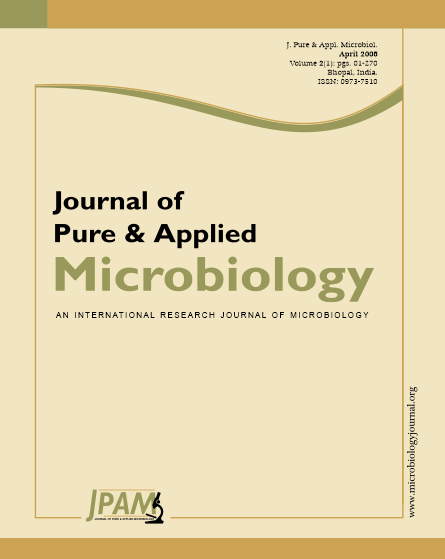Symbiotic association of microbes and their beneficial roles in termites have been delineated by several studies. Since microbial symbiotic relationship is an essential feature of the termite nutritional ecology and especially important in plant polymer degradation, we have studied the preliminary assessment of the major cultivable bacterial population in Macrotermes convulsionarius (könig) gut using traditional and molecular methodologies. Microscopic observation assured that the flagellated bacteria are predominant in the gut. Conventional techniques involving plate count method demonstrated Bacillus (45%) Acinitobacter (24%), Salmonella or Enterobacter (15%), and Enterococcus (15%). Partial sequence of 16s rRNA gene illustrated that the presence of one or more species within the four groups. A novel species belongs to the family Enterobacteriaceae was identified in the gut of termite (access number: AJ620950). Phylogentic tree constructed based on the sequence data further supported the association of these strains to their respective groups. Biochemical studies indicated that the isolates are moderately salt tolerant, possess the enzymes oxidase, catalase and phosphatase and negative to urease and lipase. All the isolates utilize wide range of carbon sources. All culturable isolates in the present study exhibited facultative anaerobic property. These observations suggesting these bacteria are essential to provide anaerobic gradient as well as substrate heterogeneity within the termite gut.
Cultivable, Bacteria, 16S rRNA, Macrotermes
© The Author(s) 2008. Open Access. This article is distributed under the terms of the Creative Commons Attribution 4.0 International License which permits unrestricted use, sharing, distribution, and reproduction in any medium, provided you give appropriate credit to the original author(s) and the source, provide a link to the Creative Commons license, and indicate if changes were made.


